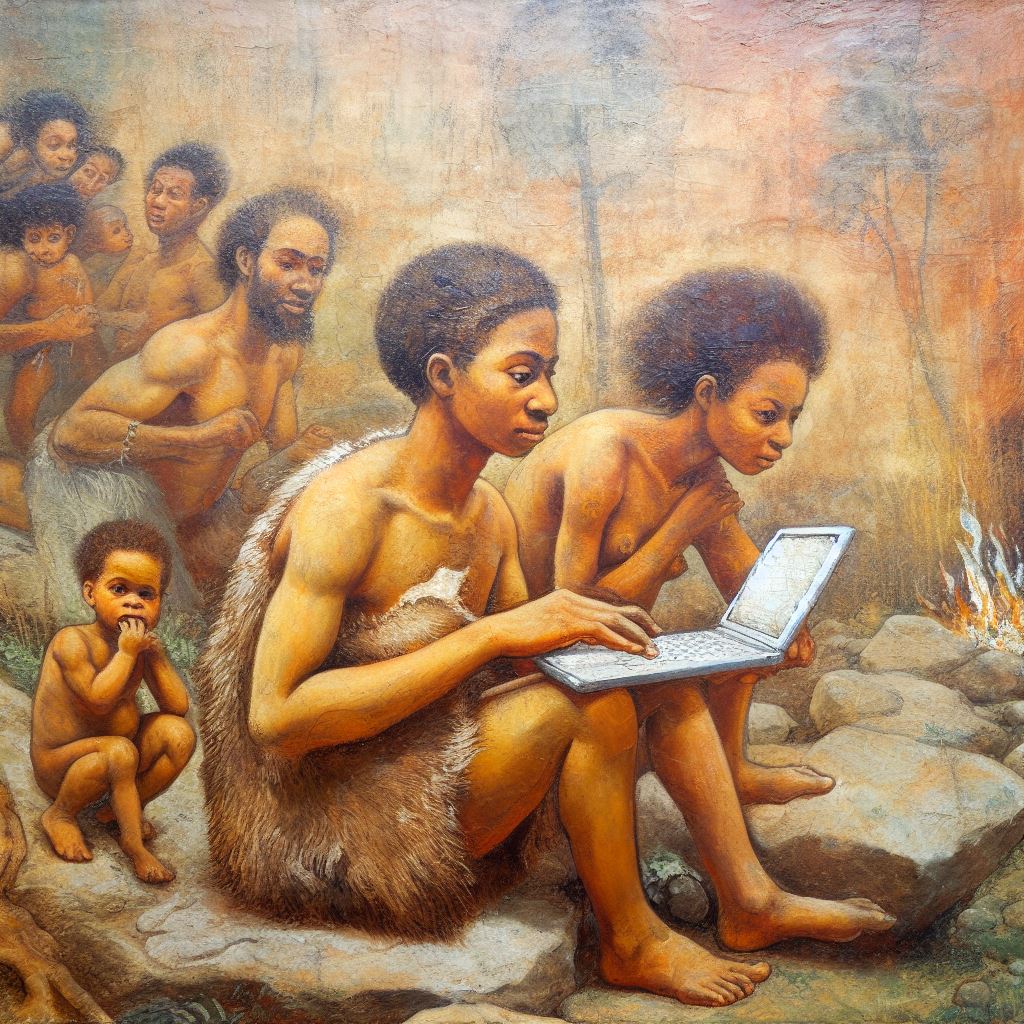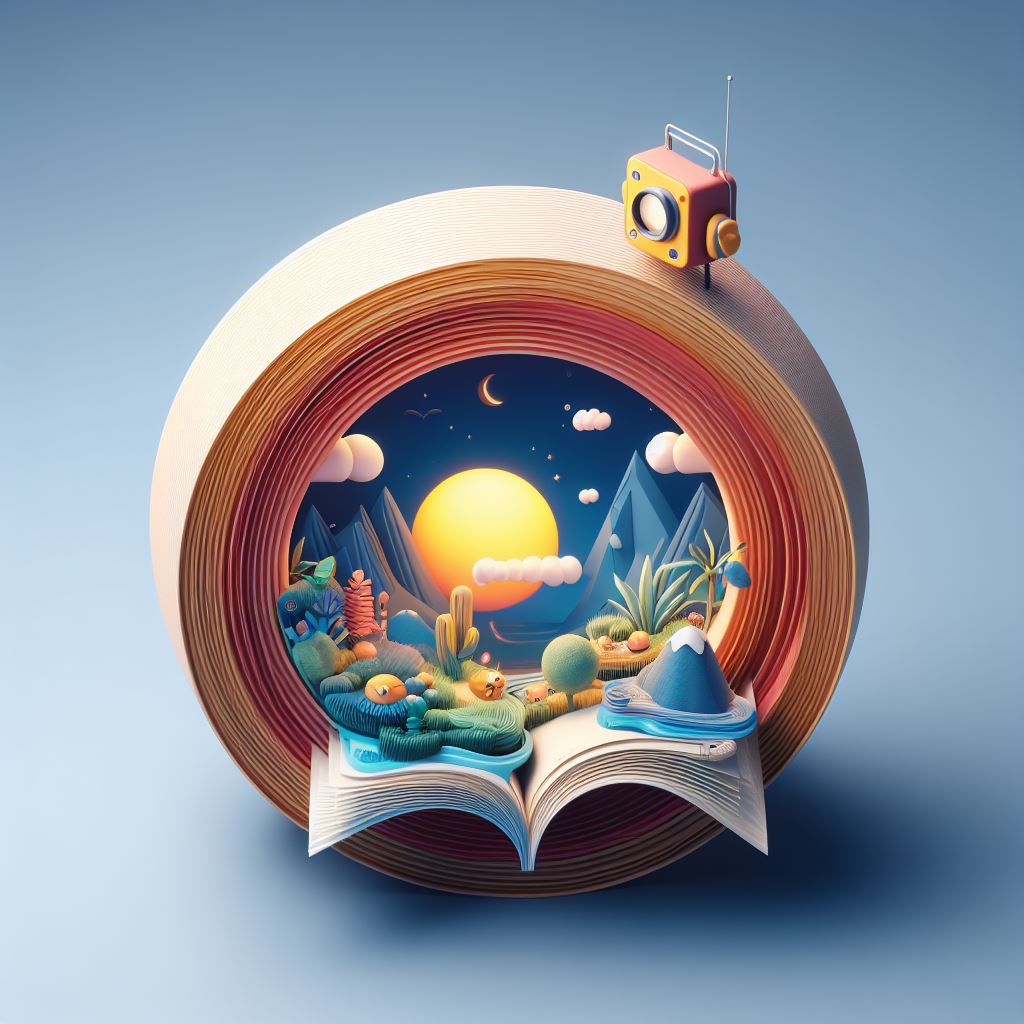Innovation is the name of the game in an increasingly complex world of AI. OpenAI’s DALLE 3, the latest generation of its imaging engine, was recently generating a lot of buzz. Interestingly, it can be used not only in the Plus and Enterprise versions of OpenAI ChatGPT, but also for Microsoft’s Bing & Bing Image Creator. In this blog post, we’ll dive into the exciting world of DALL-E 3, explore its capabilities through real-world tests, and discuss potential industry applications.
The new DALL-E 3 builds on the success achieved with a predecessor, DALL-E 2, and offers an improved range of capabilities. It’s very good at drawing pictures that are consistent with the textual description, so it’s a game changer when it comes to AI image generation. In practice, however, how well does this work? Let’s find out.
We asked Bing Chat to generate an image in the style of Paleolithic art, which features early humans discovering laptops so that we could test DALL-E 3’s artistic ability. The result is a striking image that exceeds our expectations. It showed the power of this system to blend creative expression with historical context, opening opportunities for artists and designers.

Creating realistic human images can be a litmus test for AI image generators. In this test, we tasked Bing Chat with producing a lifelike image of the CEO of a new tech company. The output was impressive, but it leaned more toward a 3D rendering than the actual image. The features on the face, however, showed a level of naturalness that is not common in images generated through artificial intelligence, which suggests potential applications for virtual avatars and character designs.

The most exciting part of our journey with DALL-E 3 was the attempt to create a modern and minimalist logo for the Information Strategy course, a task that traditionally requires human designers. Surprisingly, the creative mode of Bing Chat permitted us to engage in a dialogue with artificial intelligence and ask for changes and improvements. The revised versions have shown a further substantial improvement over the first set of logos. It was a revelation to be able to communicate and iterate with the AI as if we were talking to a human graphic designer.

DALL-E 3’s capabilities extend far beyond mere experimentation. Its potential applications are vast and transformative:
- Art and Design: DALL-E 3 can be a great source of inspiration for artists and designers seeking new perspectives. It’s going to help them come up with ideas, generate concept art, and explore new styles.
- Virtual Avatars: DALL-E 3 can play a crucial role in developing virtual avatars for games, virtual reality, and simulations as it is capable of creating real human images.
- Marketing and branding: The AI’s expertise in logo design enables businesses to create unique and innovative logos, ensuring brand recognition and differentiation.
- Content creation: In order to create eye-catching visuals for articles, social media, advertising, and campaigns, and to reduce the need for expensive photo shoots and graphic design services, content creators can use DALLE 3.
In the world of AI image generation, DALL-E 3 stands as a testament to innovation and progress. As imperfect as it may seem, its ability to understand and manipulate text into dazzling visual effects is undoubtedly impressive. Applications in DALLE 3 will only increase as the industry continues to develop, offering an endless number of possibilities for artists, designers, businesses, and content creators. So, if you’re looking to infuse a touch of AI creativity into your projects, don’t hesitate to give Bing Chat and DALL-E 3 a try – you might uncover a world of possibilities.

